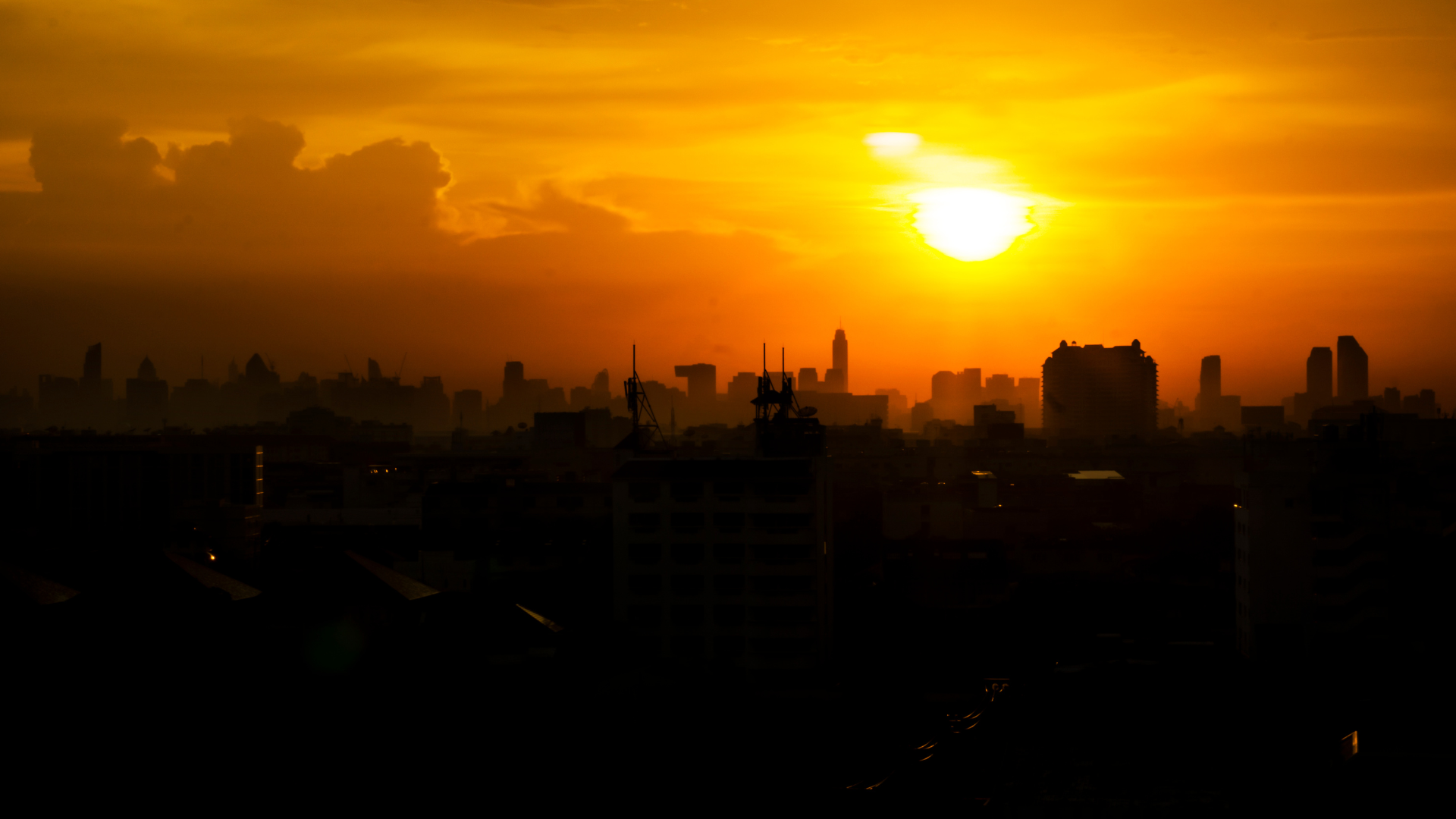As the scorching sun beats down on the archipelago, the Philippines finds itself in the grip of a severe heatwave, with twenty-six areas forecast to experience dangerous heat levels on Tuesday, April 22. According to PAGASA, these areas are under the “danger” heat index classification, with temperatures ranging from 42°C to 46°C—levels that can lead to heatstroke and other serious health risks.
What Causes a Heatwave?
A heatwave occurs when an area experiences abnormally high temperatures for an extended period. While it’s a natural weather pattern, several factors are intensifying the phenomenon:
- Climate Change – Global warming has led to more frequent and intense heat waves. Rising greenhouse gas emissions trap heat in the atmosphere, pushing temperatures higher over time.
- Urbanization – Cities trap heat more than rural areas due to concrete structures and limited green spaces—a phenomenon known as the urban heat island effect.
- High-Pressure Systems – These systems suppress cloud formation and trap hot air close to the ground, causing prolonged heat spells.
- Deforestation – Loss of forest cover reduces the land’s ability to regulate temperature and humidity levels.
🌡️ Affected Areas in the Philippines
Here are the areas forecasted to experience “danger-level” heat indices today:
- 46°C: San Ildefonso (Bulacan)
- 45°C: Dagupan City (Pangasinan)
- 44°C: Tuguegarao City (Cagayan)
- 43°C: Aparri, Puerto Princesa City, Aborlan, Dumangas, Cuyo, Cubi Pt. Subic Bay, Sangley Point, ISU Echague, Baler
- 42°C: Laoag City, Bacnotan, Calayan, Casiguran, Tarlac (TAU and Hacienda Luisita), Iba, Coron, Masbate City, Pili, Catarman, Zamboanga City, Daraga, San Jose
Other regions fall under “extreme caution” (33–41°C) and “caution” (27–32°C) categories.
Health Risks
When heat index values reach the “danger” zone, the risk of heat-related illnesses such as heat exhaustion and heatstroke increases significantly. Symptoms may include:
- Dizziness or fainting
- Rapid pulse
- Headaches
- Nausea or vomiting
- Muscle cramps
Immediate medical attention is required in severe cases.
How to Stay Safe During a Heatwave
PAGASA and health experts recommend the following measures:
- Stay hydrated – Drink plenty of water even if you don’t feel thirsty. Avoid caffeinated and alcoholic drinks.
- Limit outdoor activity – Avoid strenuous physical activities, especially between 10 AM and 4 PM.
- Stay indoors – Use fans or air conditioning if available. If not, stay in shaded, well-ventilated areas.
- Wear light clothing – Opt for light-colored, loose-fitting clothes to help your body cool more efficiently.
- Check on others – Keep an eye on the elderly, children, and pets who are especially vulnerable.
A Glimmer of Relief?
While the heat persists in most parts of the country, the Intertropical Convergence Zone (ITCZ) is expected to bring scattered rains and thunderstorms to Mindanao, particularly in Davao Region, Sarangani, South Cotabato, Basilan, Sulu, and Tawi-Tawi.The rest of the country, including Metro Manila, may also see isolated rain showers due to the easterlies, offering brief but welcome relief from the heat.


